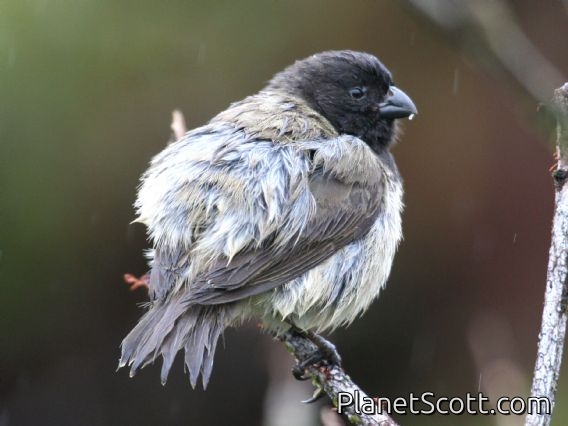Small Tree-Finch (Camarhynchus parvulus)

Small Tree-Finch (Camarhynchus parvulus) Male
×


Small Tree-Finch (Camarhynchus parvulus) Male
About Small Tree-Finch (Camarhynchus parvulus)
- Kingdom: Animals
- Phylum: Chordates
- Class: Birds
- Order: Perching Birds
- Family: Old World Buntings
The small tree finch is a bird species belonging to the Darwin's finch group within the tanager family Thraupidae.
It has a grasping beak with curved culmens. Its natural habitats are subtropical or tropical dry forests and subtropical or tropical dry shrubland. During the non-breeding season it is known to form large groups with small ground-finches.
Source: Wikipedia

